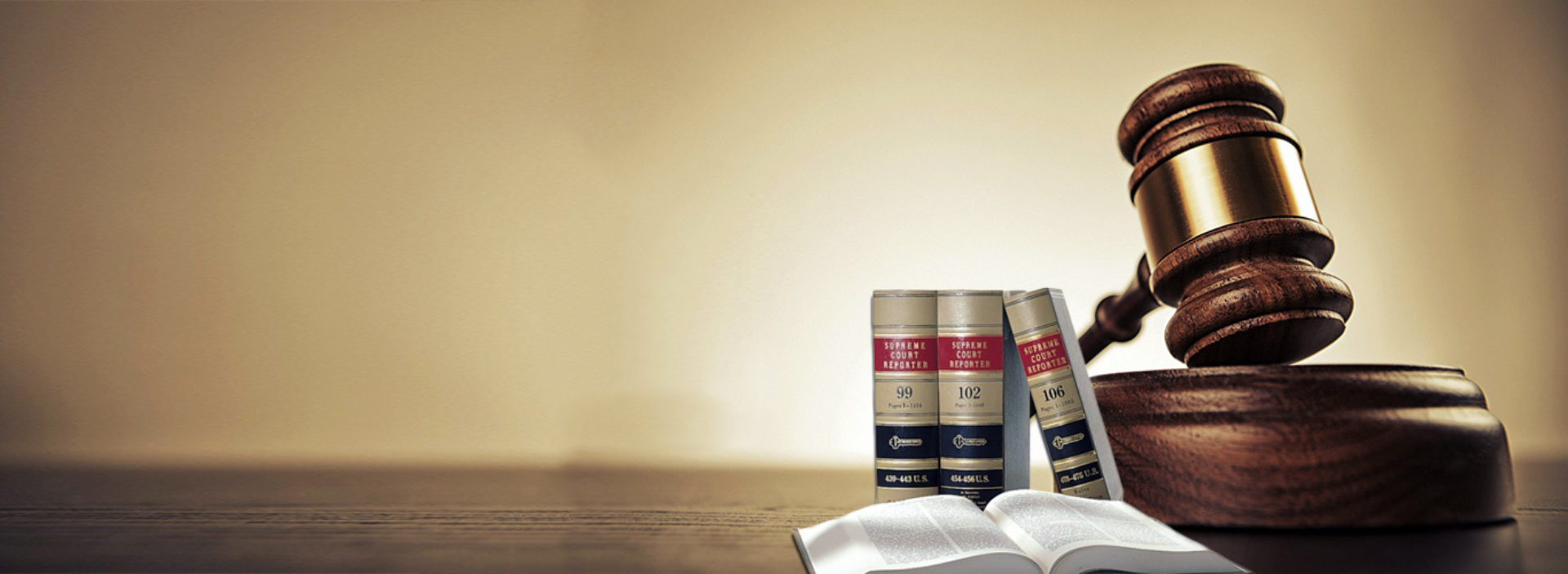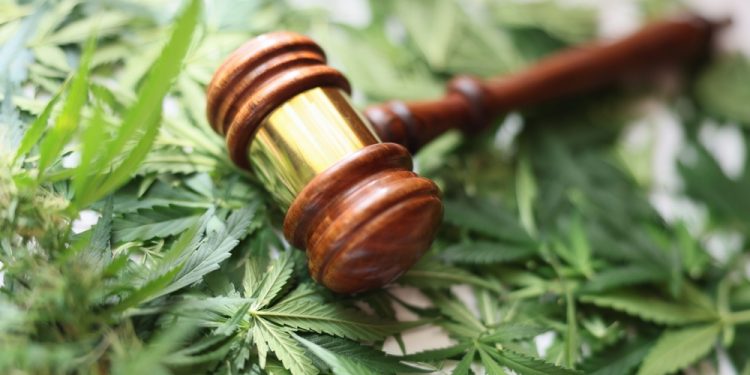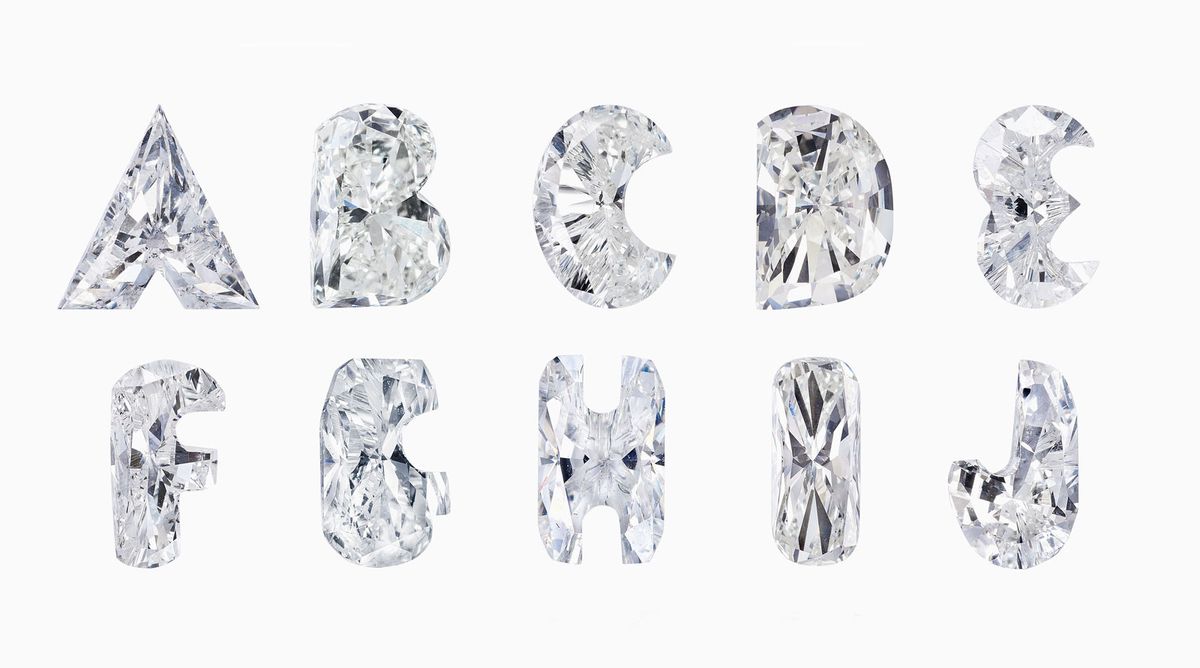
Liability in a car accident is not always apparent as it takes some level of investigation to determine who is really at fault and thus responsible for the injuries and damages sustained. There are a few basic ways to define fault in a personal injury case and they all border on negligence. Proving negligence, however, requires some form of investigation on the part of the legal team, law enforcement, and relevant bodies to determine the kind of negligence involved and to ensure that the right justices are applied.
Table of Contents
What Is Negligence?
Negligence is said to have occurred when a person or entity, like a business, is found to have failed to take proper care and precautions in their actions or inactions resulting in injury to another person. It must be established that the negligent party was charged with a legal duty and responsibility but violated that trust leading to damages of an economic or non-economic nature. A Las Vegas car accident lawyer will often look to determine the type of negligence involved to properly pursue his case.
Types Of Negligence.
Gross Negligence.
Gross negligence is said to occur in a car accident when it is determined that the driver was operating the vehicle in such a way that an accident and subsequent harm were guaranteed to happen. It speaks of a high level of carelessness and reckless endangerment and a disregard for how their actions would negatively affect lives and property. It can be said that the driver was intent on causing harm to pedestrians and other road users.
Contributory Negligence.
In this situation, the driver is not completely at fault. However, he is in some way or form, responsible for the accident. There are so many factors that could have led to the accident but the driver or driver’s actions contributed to the unfortunate event. Whether it is texting while driving, taking an illegal turn, or running a stoplight on a seemingly empty road, these actions are considered contributory negligence.
Vicarious Negligence.
When the indirect actions or inactions of a person or something a person is responsible for, like an animal, cause an accident, they are said to be vicariously negligent. It applies when a person is indirectly responsible for an unfortunate event. For instance, if a dog crosses a major intersection and a car crash occurs, the owner of the dog is said to be vicariously negligent. Also, if the dog bites somebody or destroys their property, the owner or owners are indirectly responsible because the dog is their responsibility.
Comparative Negligence.
This is similar to contributory negligence but in this case, even as little as 1% of involvement in an accident makes the person or party liable. A perfect instance is someone getting hurt even though there was a sign warning them to be careful. Although the person or entity warned them, they can still be liable for injury and damages if the victim files a suit. It may seem like a long shot but a good lawyer can and very often does, get a sizable settlement.
Conclusion.
Determining liability usually boils down to proving negligence and culpability. If this can be well-proven, the victim has grounds to demand a settlement commensurate to the injury sustained.








